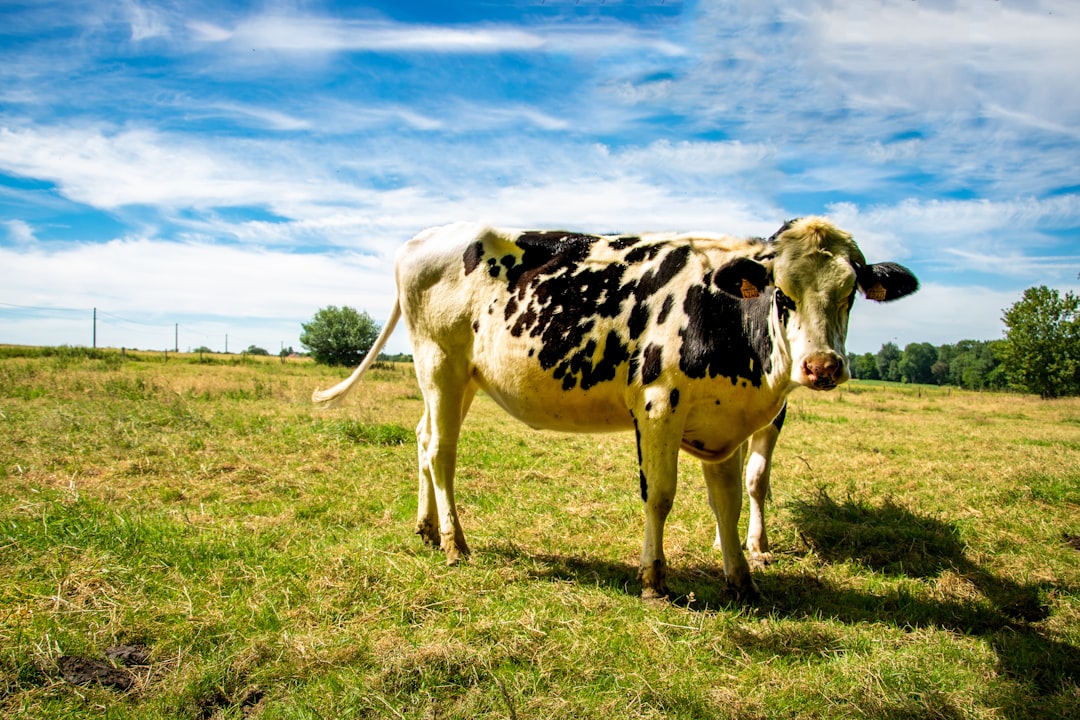Rinderpest

This is my 4th post earning the "disease" tag and always an interesting subject to research and write about. This time we are looking at Rinderpest, which was basically known as the "Cattle Plague" in early times.
This disease was deadly with a nearly 100% kill rate to infected cattle. It spread from any discharge of an animal, including the breath in an enclosed area. So if you have a disease that can spread via the air and kill 100% of your cattle. It is extremely deadly.
It started as early as possible, way back in the stone age earning the name "cattle plague" as it was one of the 10 plagues (Pestilence of livestock) in Egypt. It wiped out cattle from nearly every corner of this planet. Effort began as early in the 18 century to slaughter all affected animals as it was the only method to prevent the spread of the disease.
The disease itself is pretty weak outside a host, dying at 56 degrees Celsius. What is interesting is the milk of a cow can be used to detect the virus 48 hours prior to signs developing. At that point in the early days - it started a countdown which would infect as many cattle the infected came in contact with until death 6-12 days later.
Thankfully the disease is the 2nd disease to ever be eradicated completely. It wasn't however till June of 2011 when it was formally declared eradicated, and since the effort began in the mid 1900s it took quite a bit of time to do so.
We can thank Walter Plowright for the creation of a vaccine against Rinderpest. He used layers of affected kidney cells and cultured them until non-virulent and then transferred to another cattle [3]. This technique is pretty common and been evolved over the decade so the host can produce antibodies in reaction to the threat. Once produced - the host is immune to Rinderpest.
With a vaccine in hand the long journey to eradication than began.

What is also interesting is only recently in June of 2019 was the largest Rinderpest stockpile destroyed. This was because the Food and Agriculture Organization put forward a campaign to destroy all stockpiles of the virus [2]. They cited the following reasons as dangers if not destroyed:
- Risk of killing millions of cattle
- Endanger valuable wildlife
- Undermine international veterinary bio-security
- Threaten animal welfare
- Decrease food security
- Reduce rural livelihoods
- Restrict local and international commerce
- Cost millions of dollars to re-eradicate
- Delay other development goals
- Reverse a historical achievement
All these reasons packed in a colorful PDF and video.
Sources
